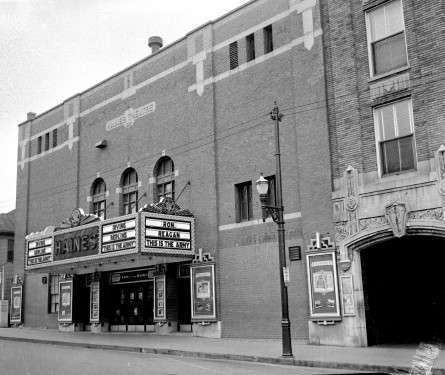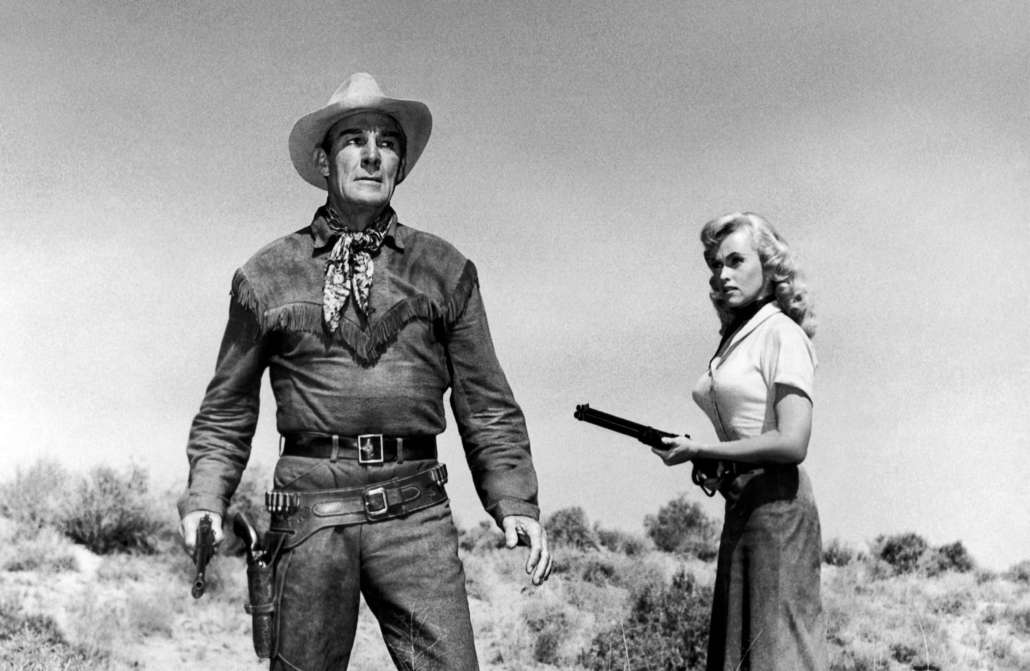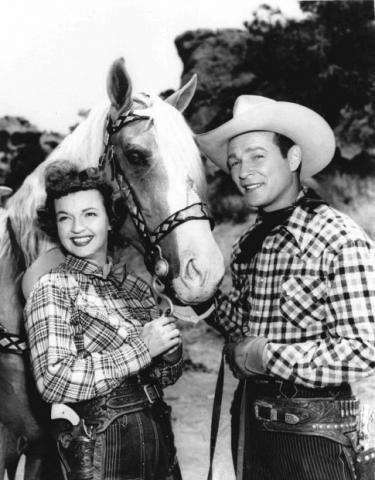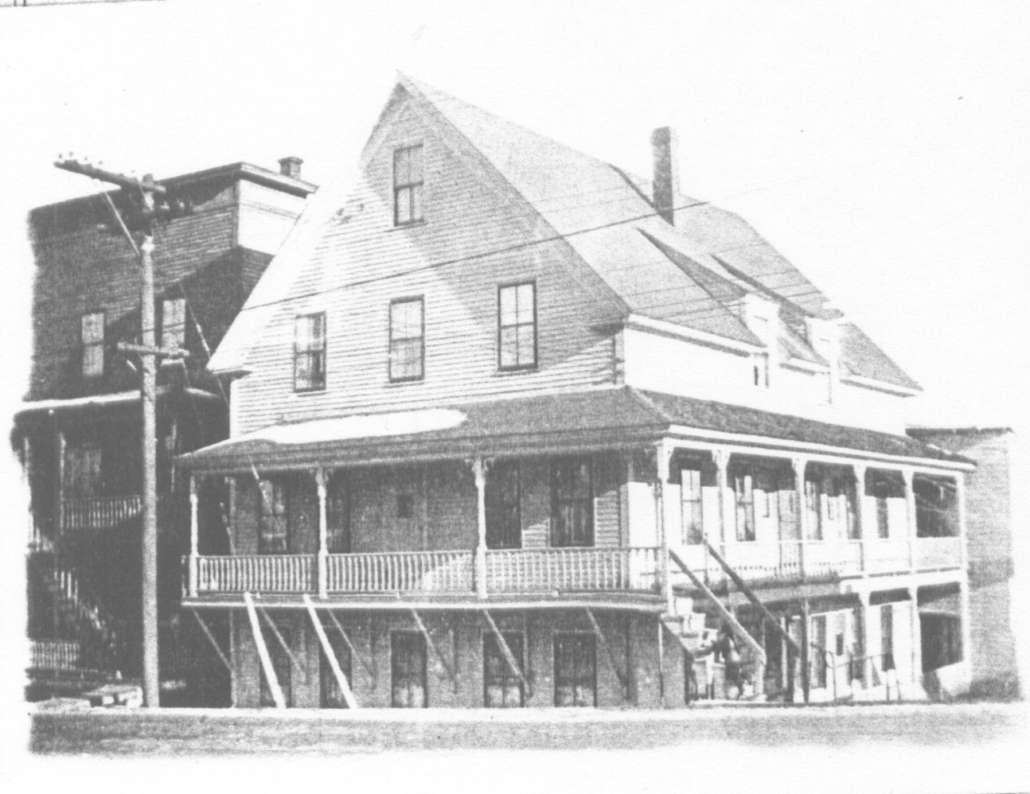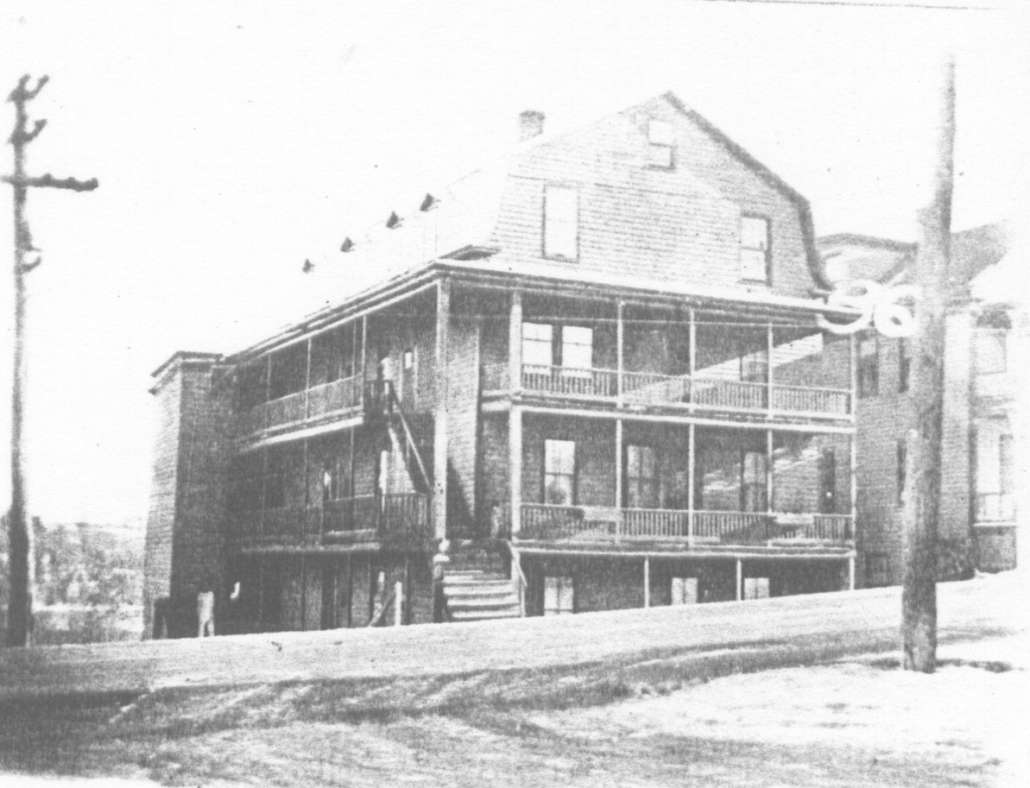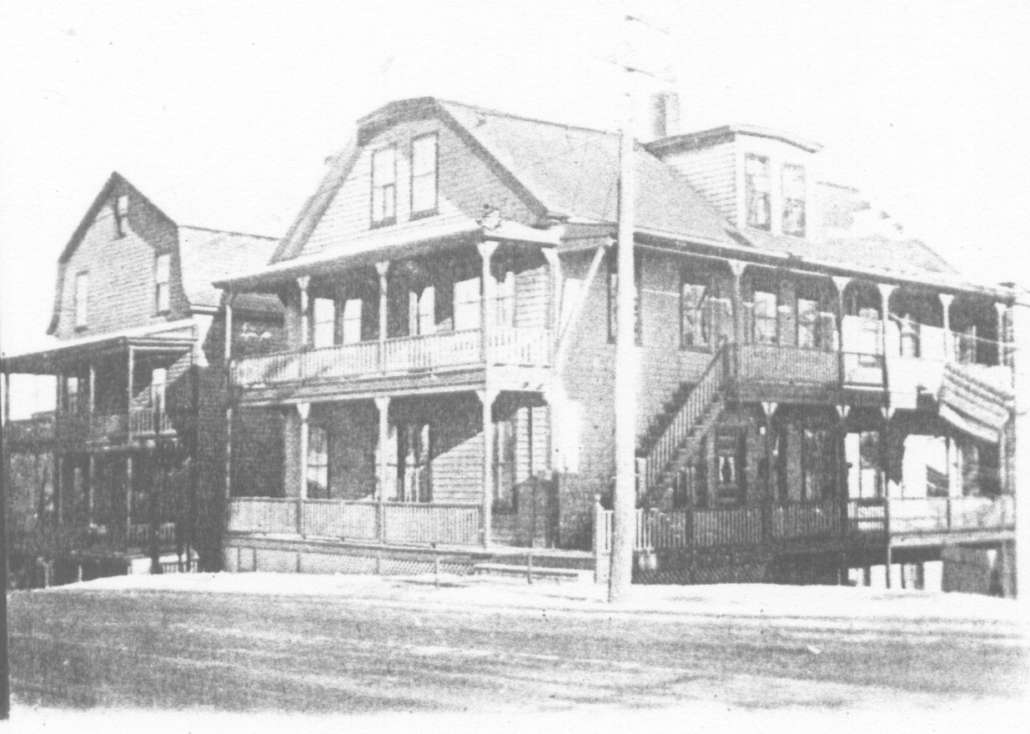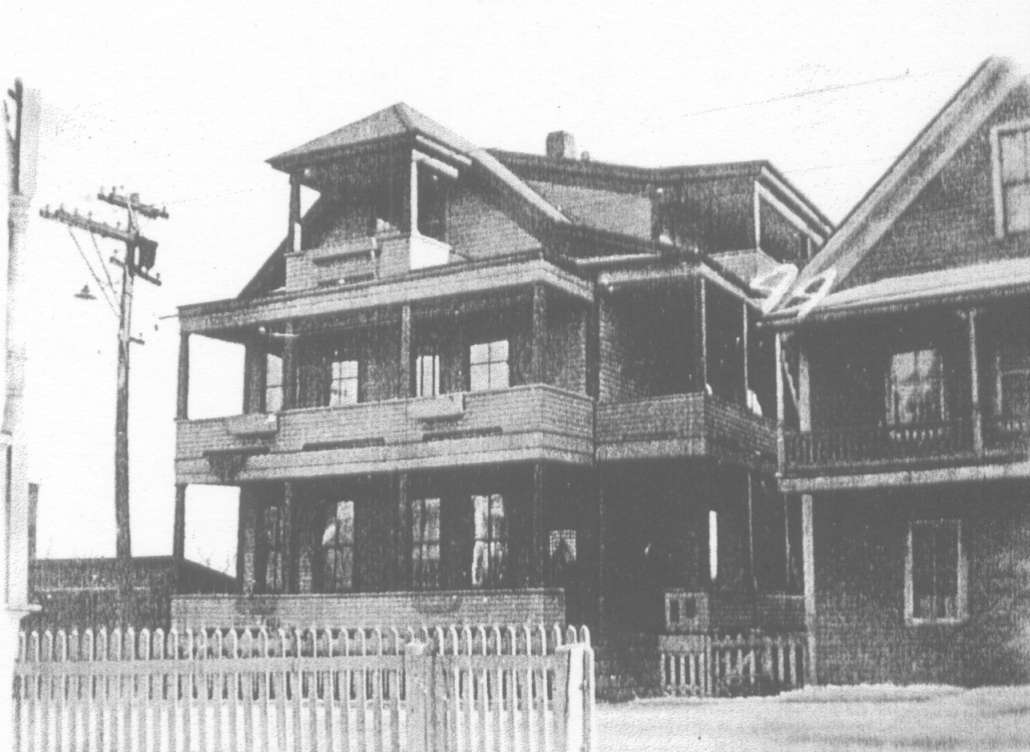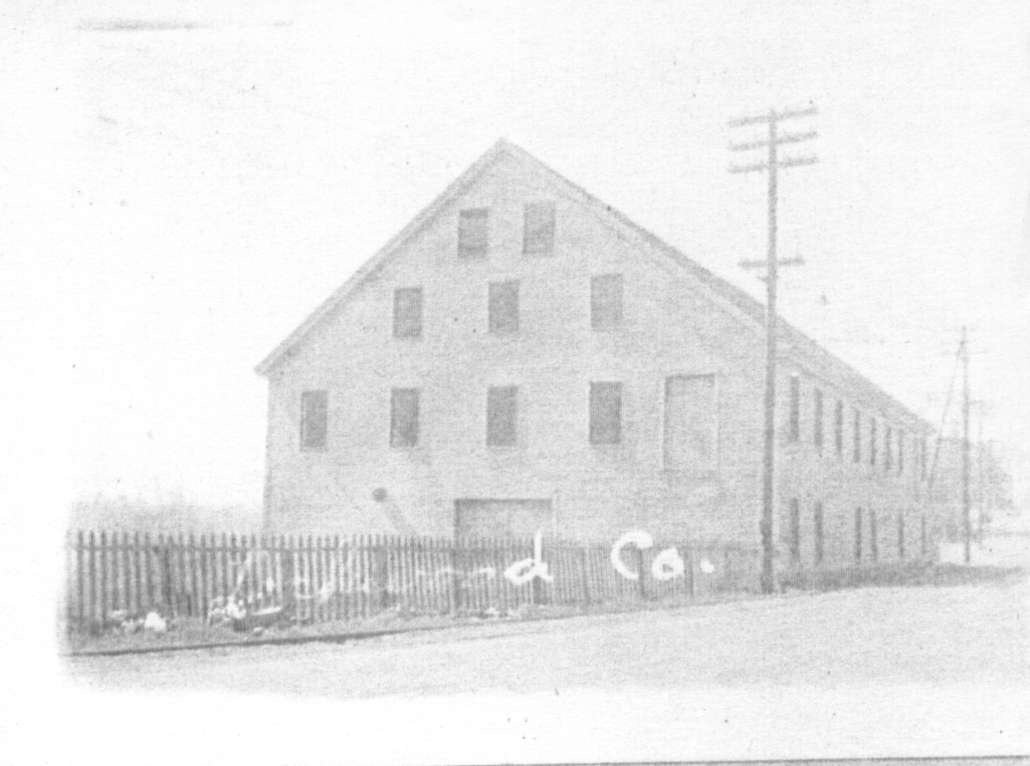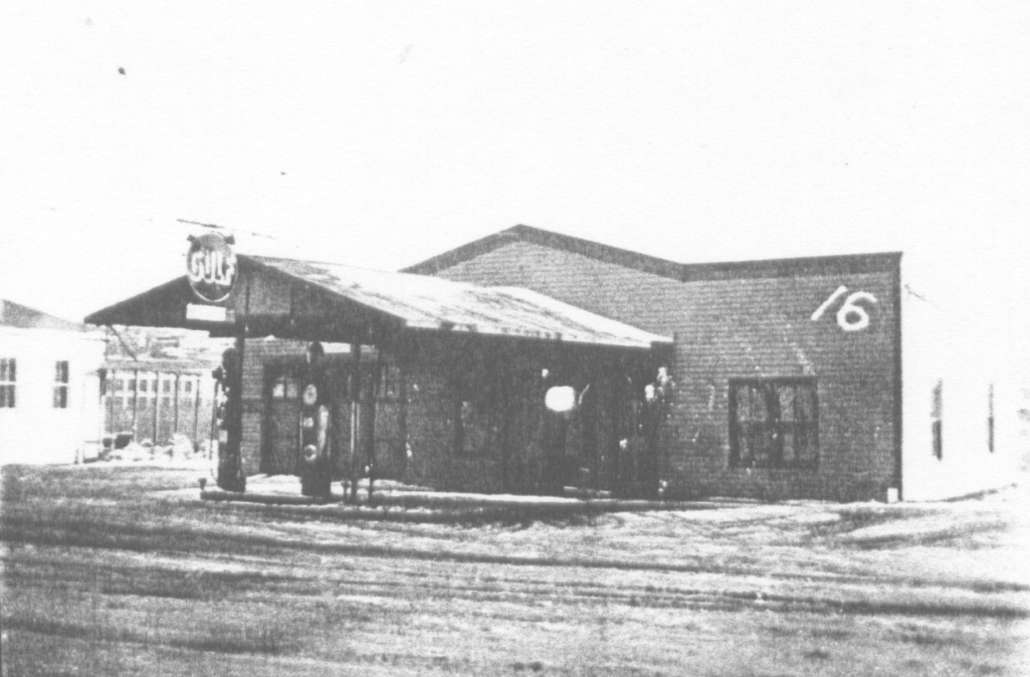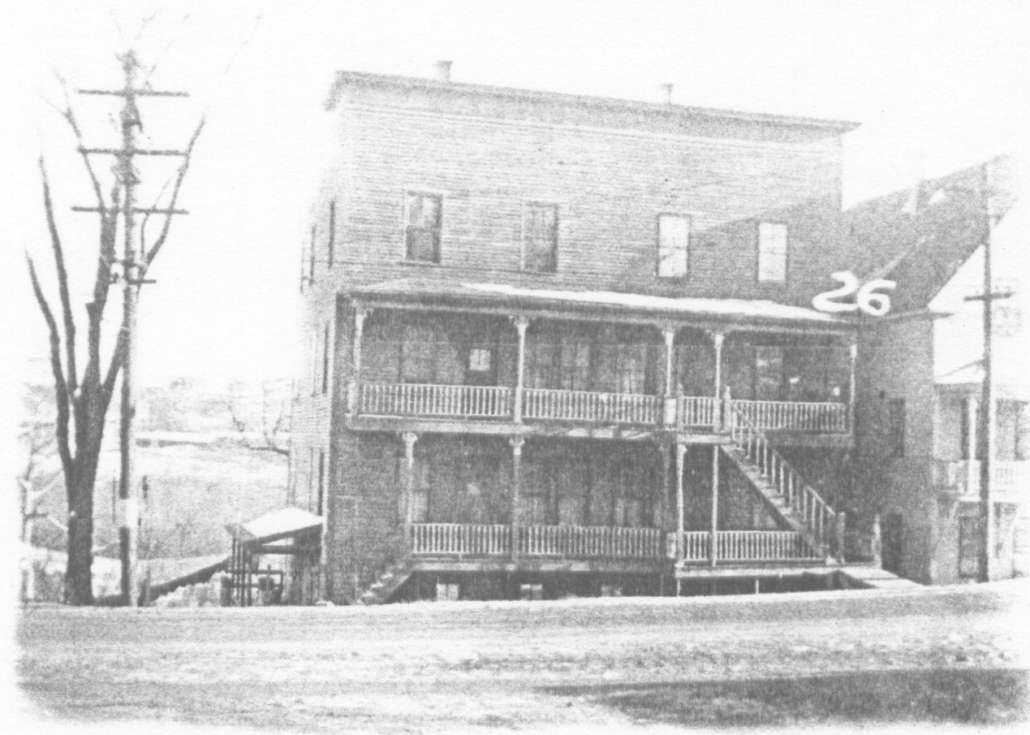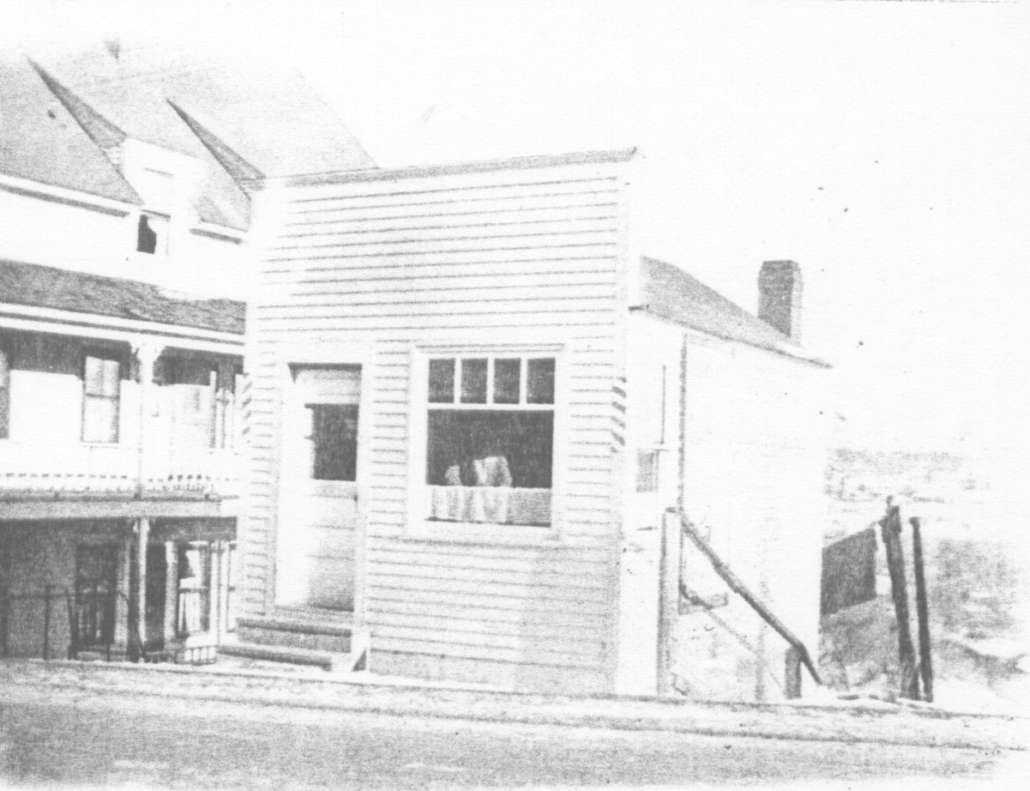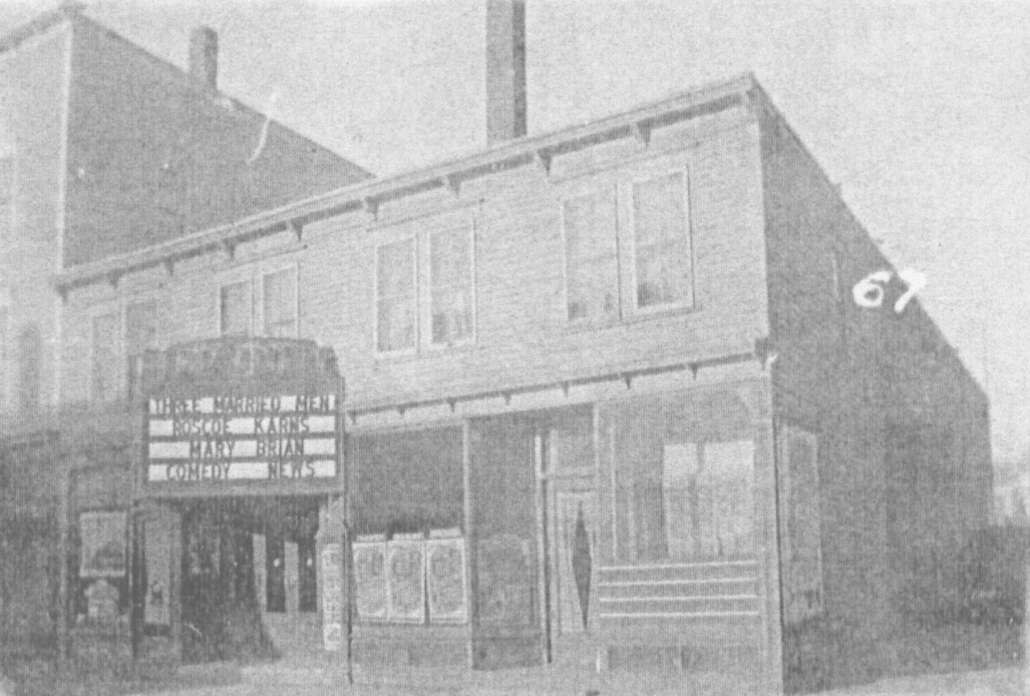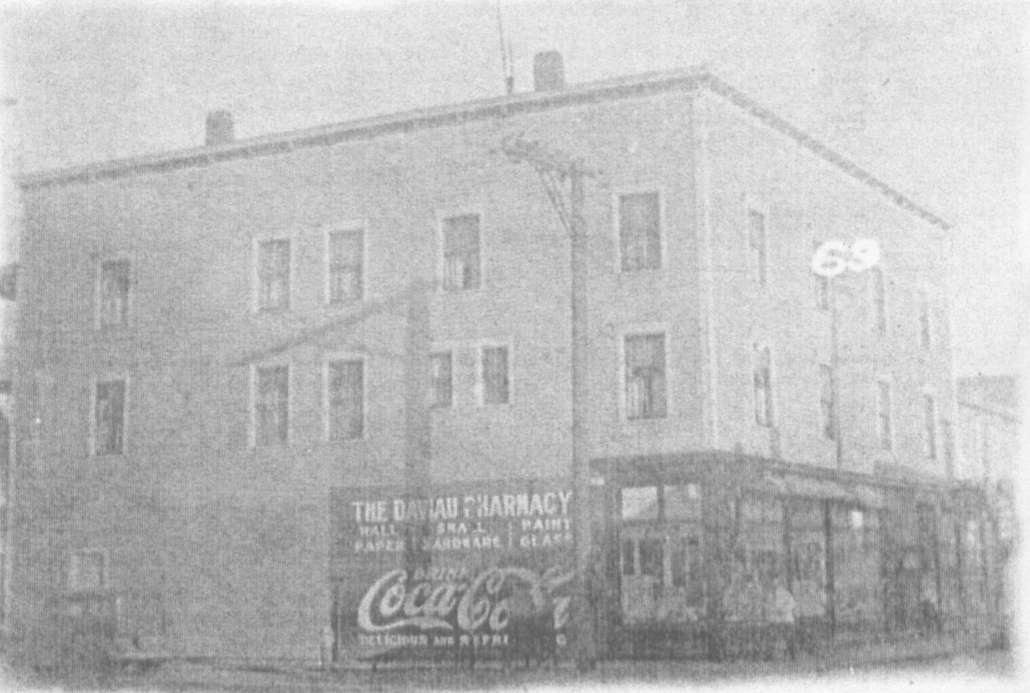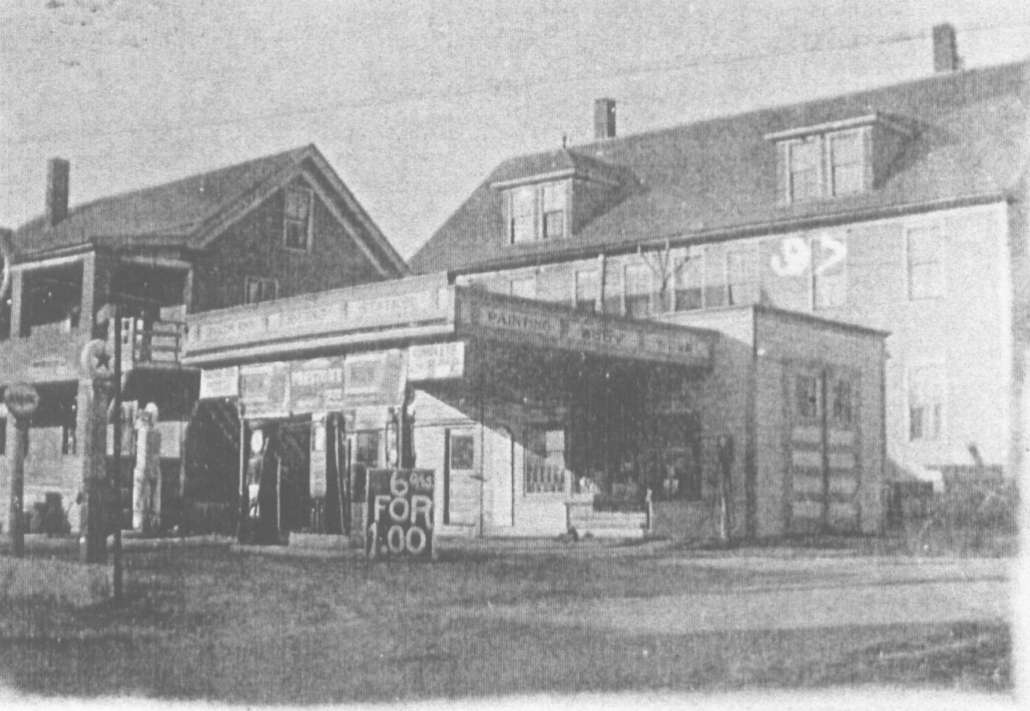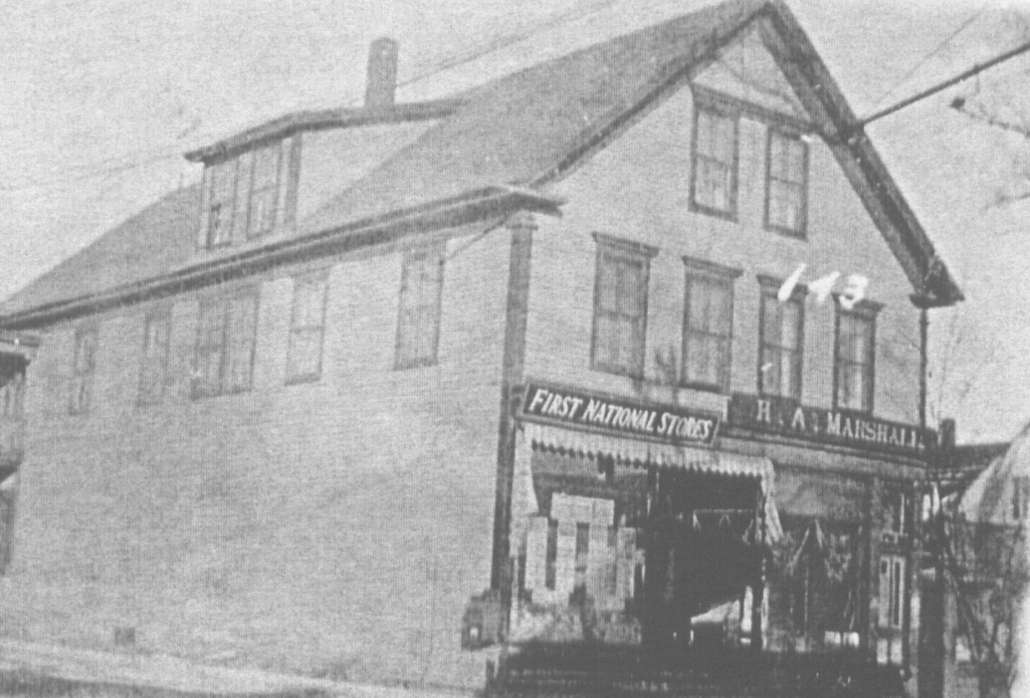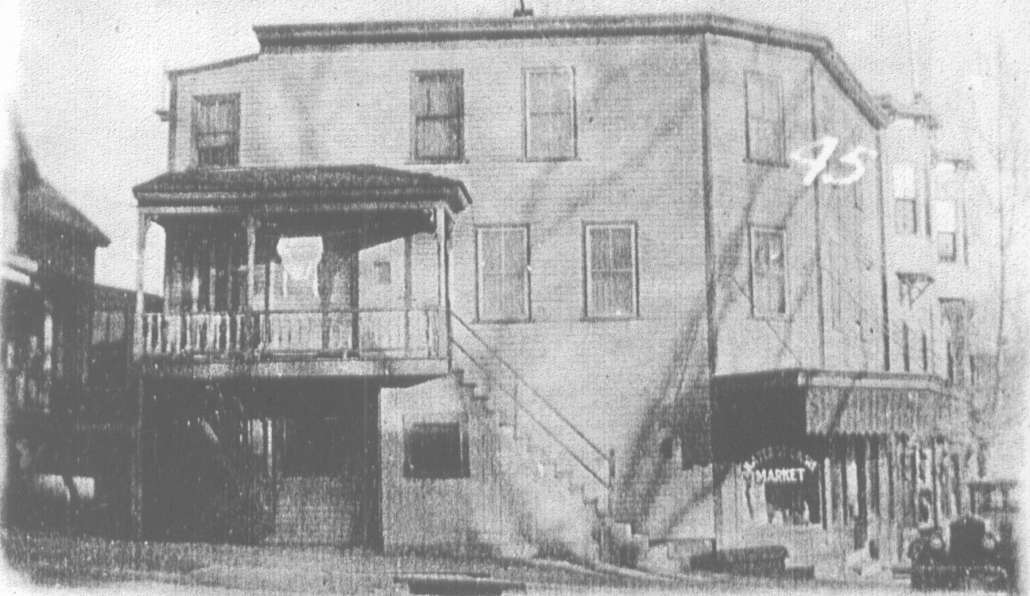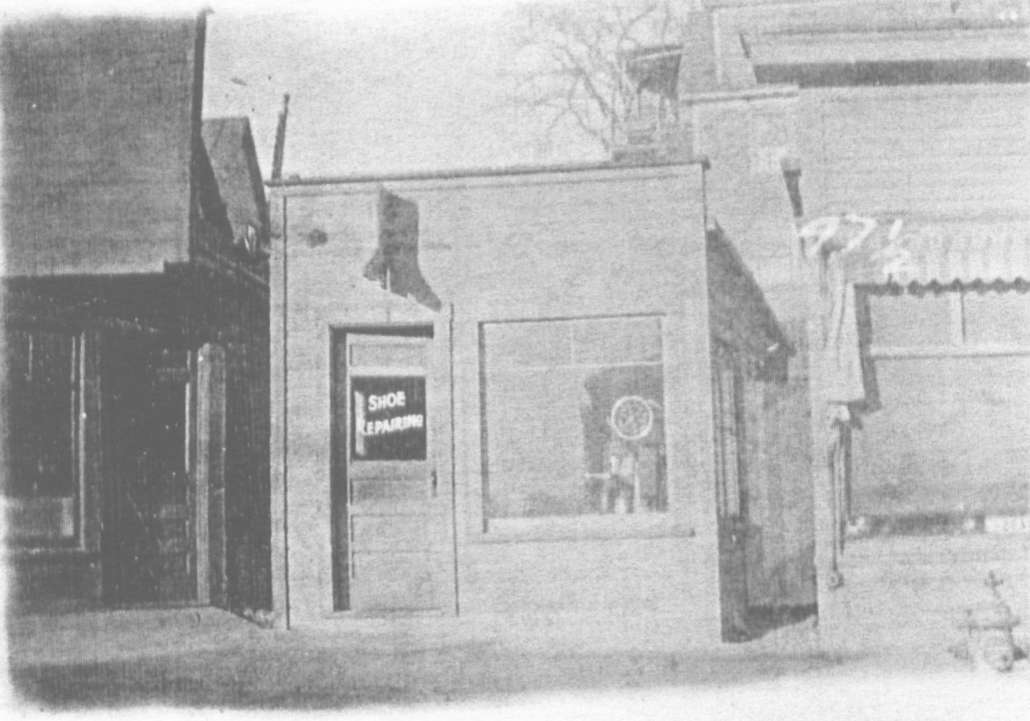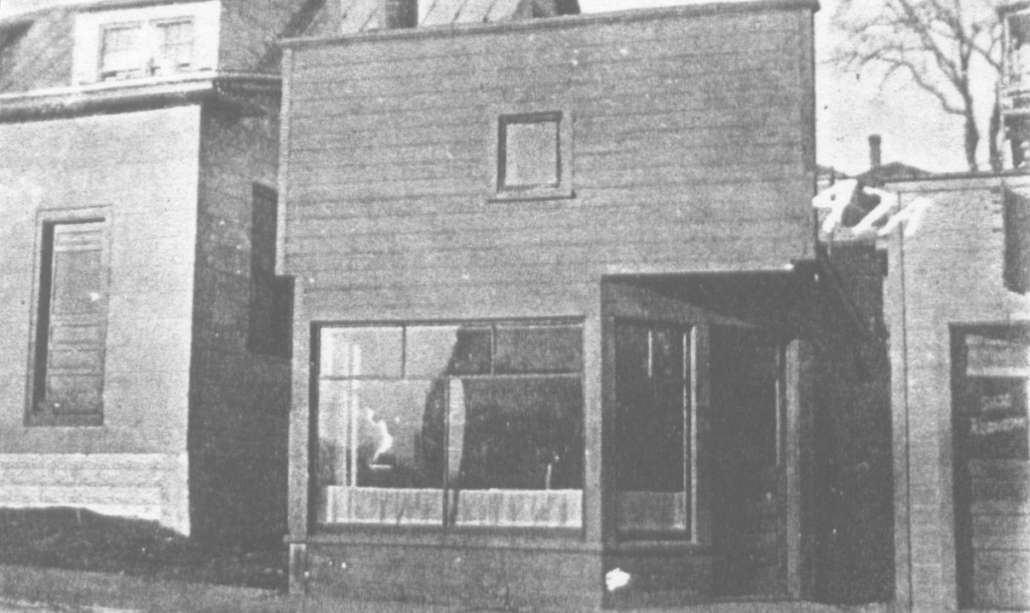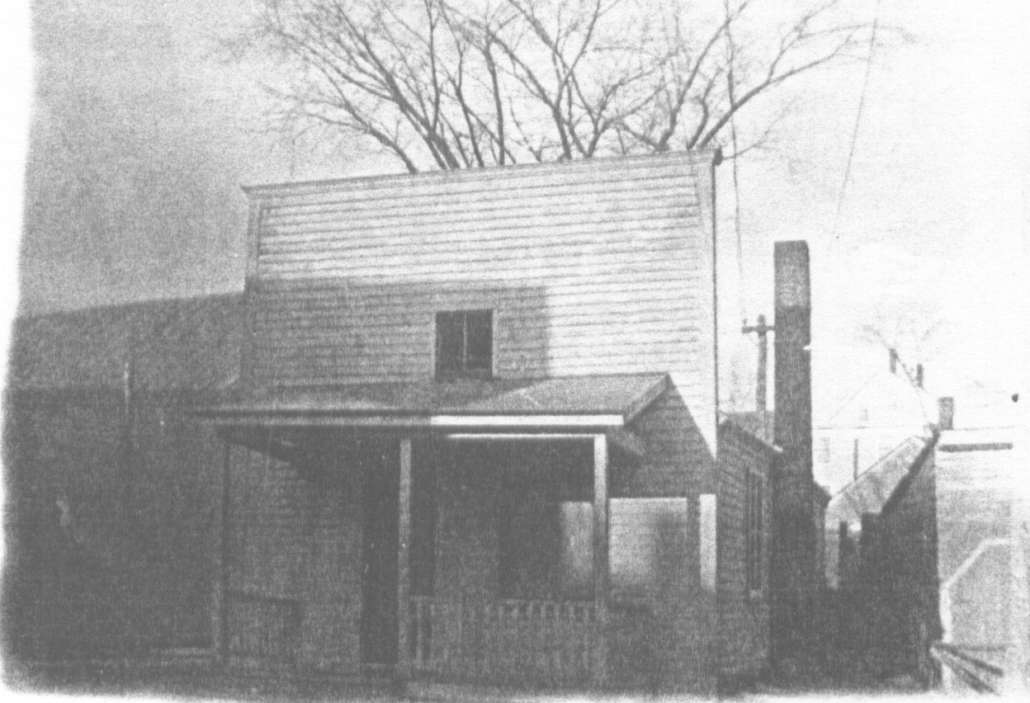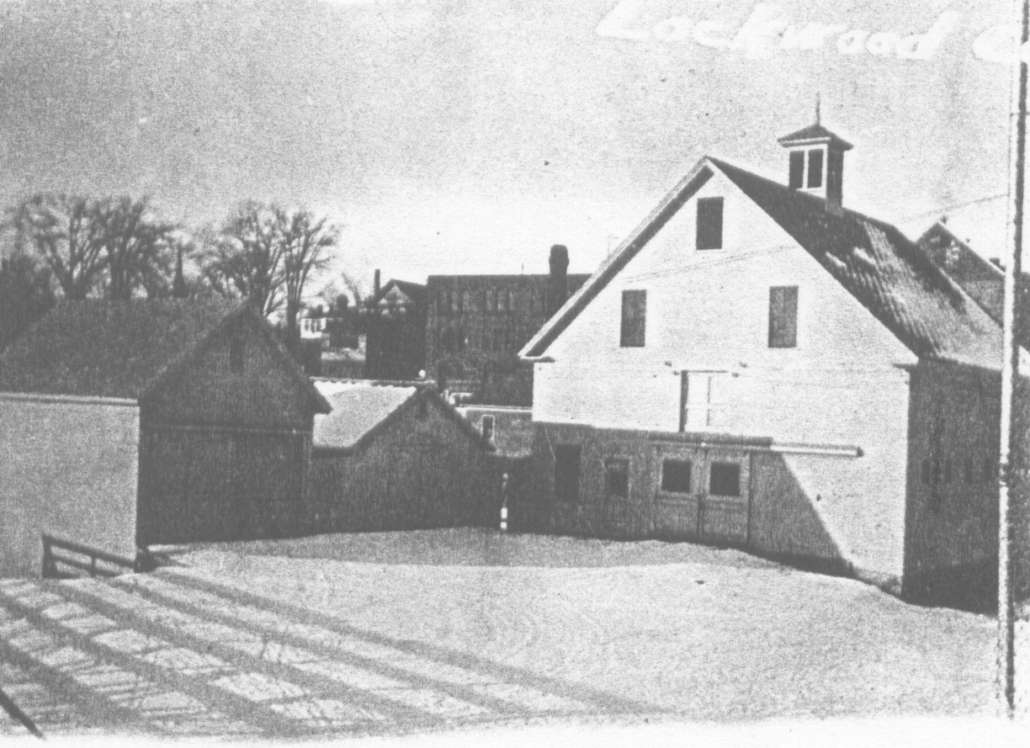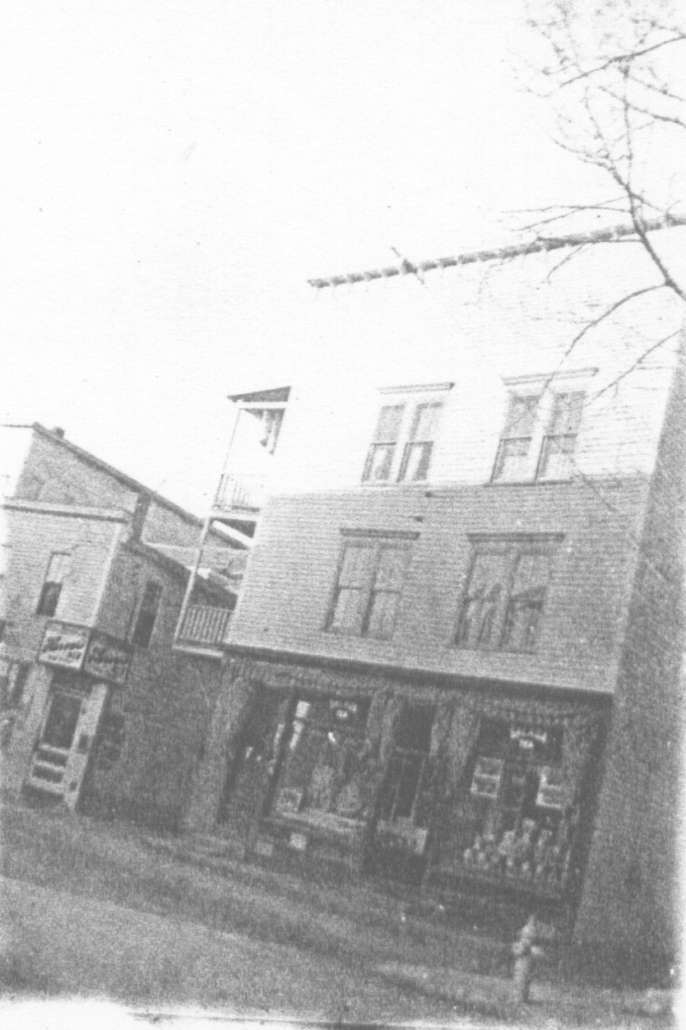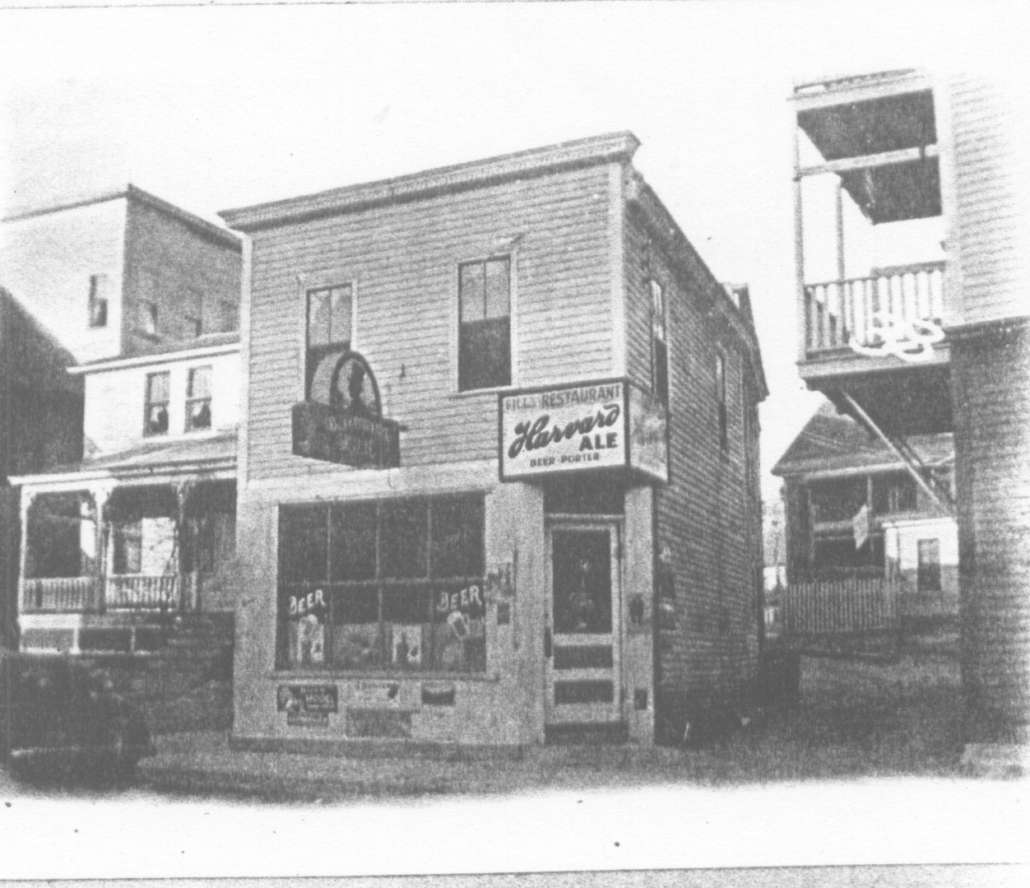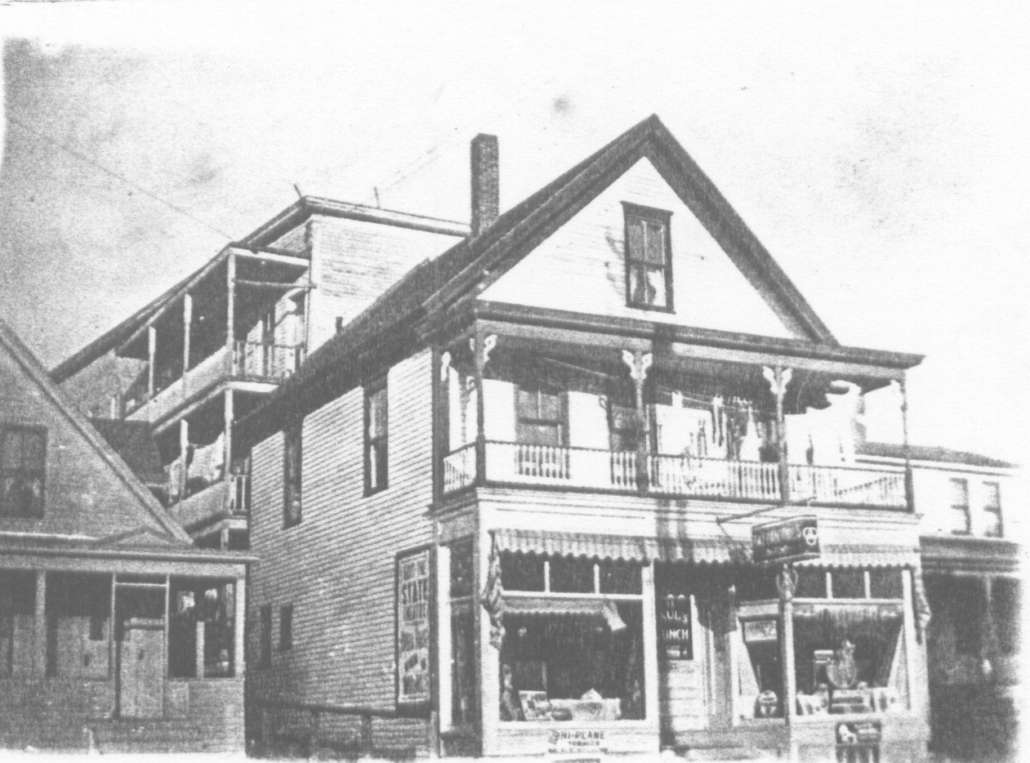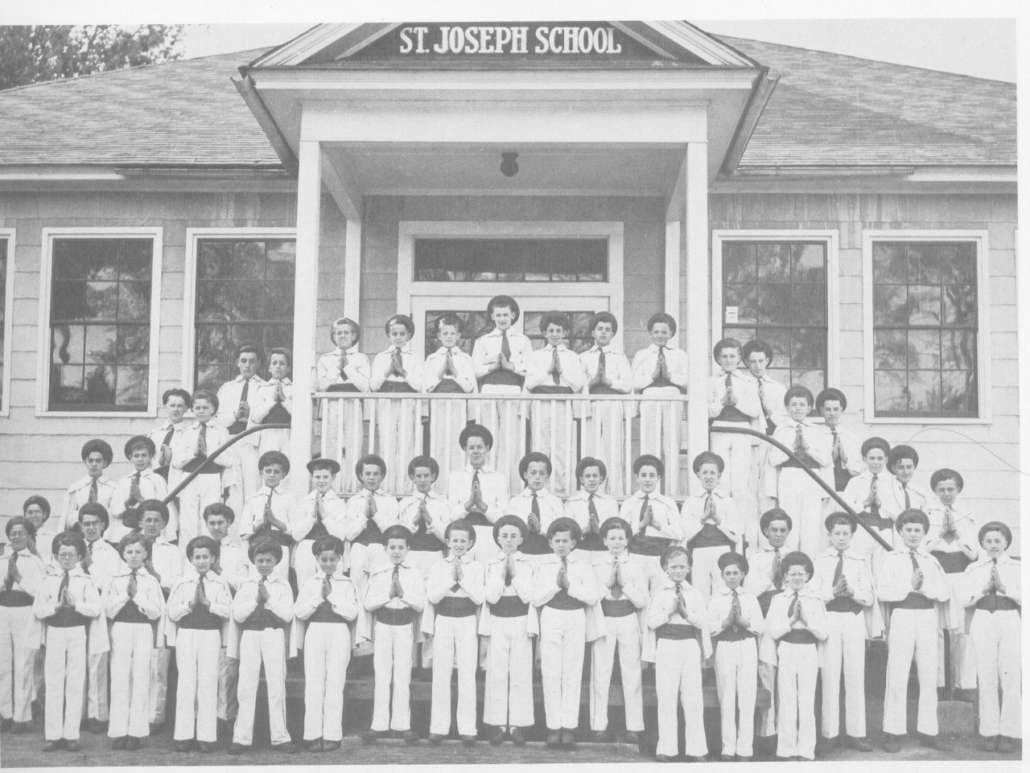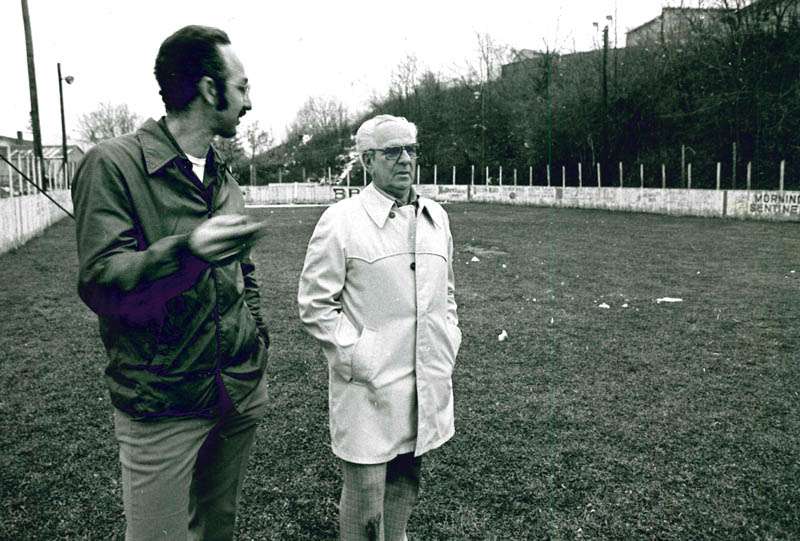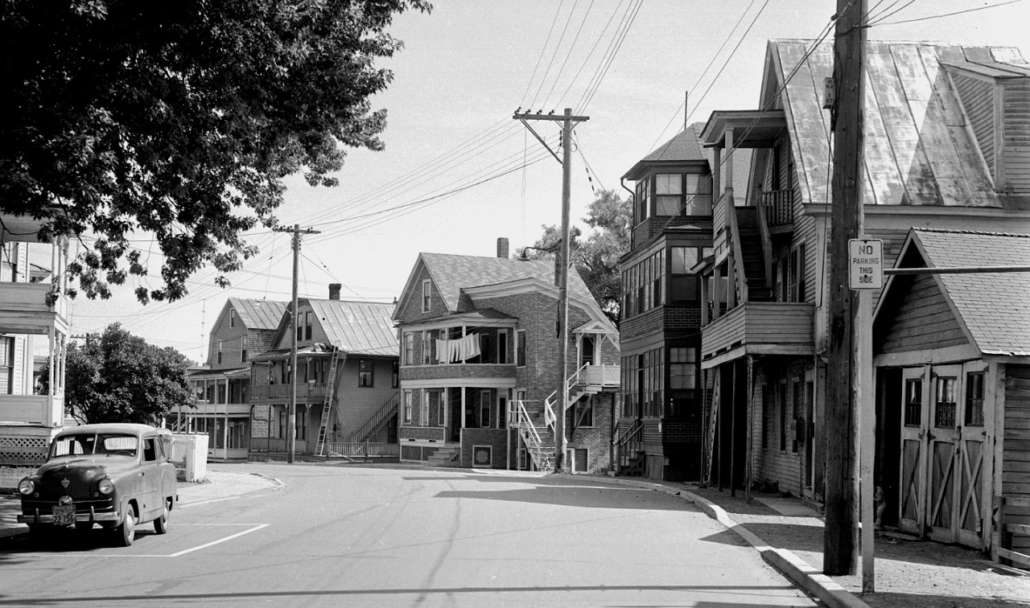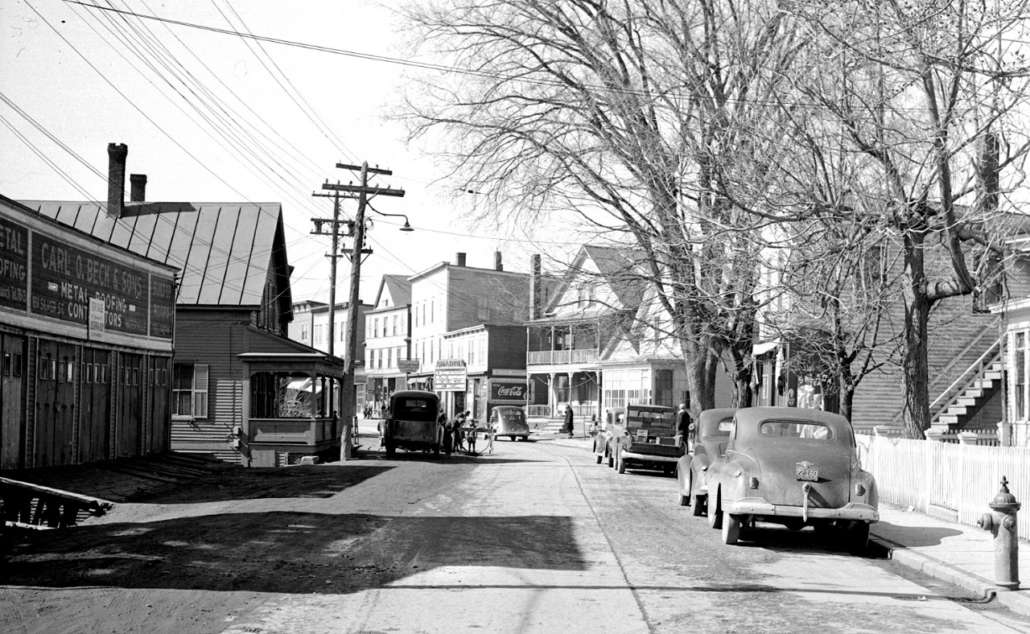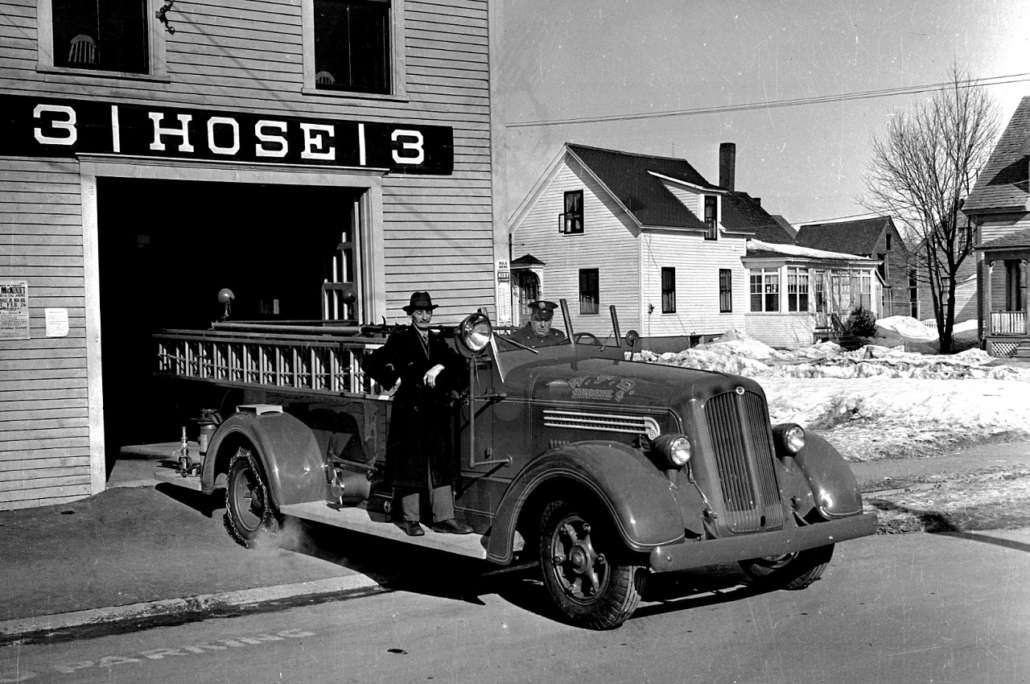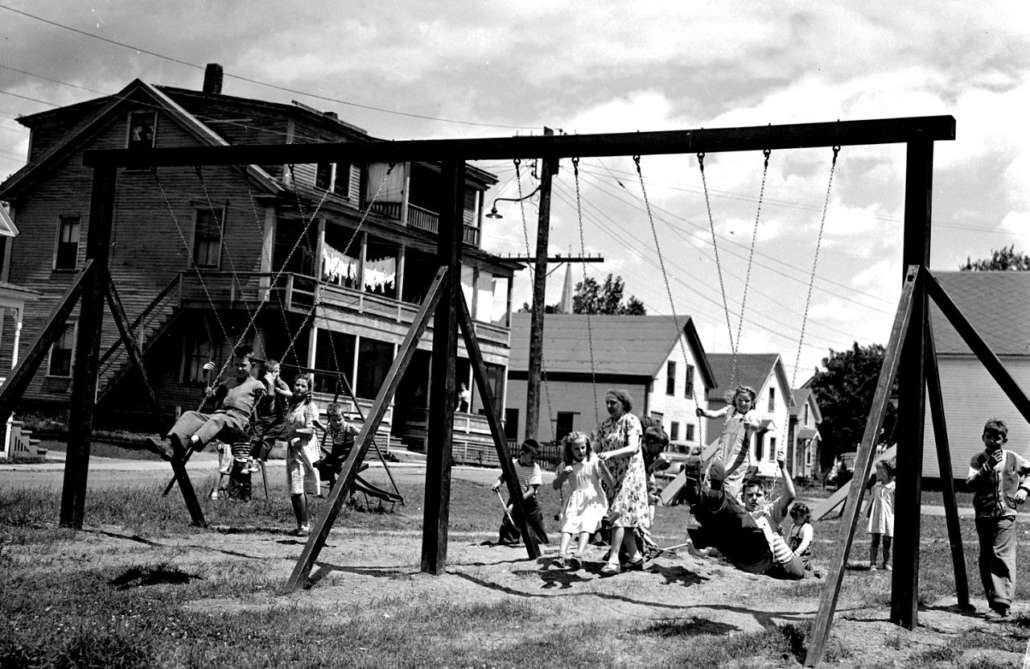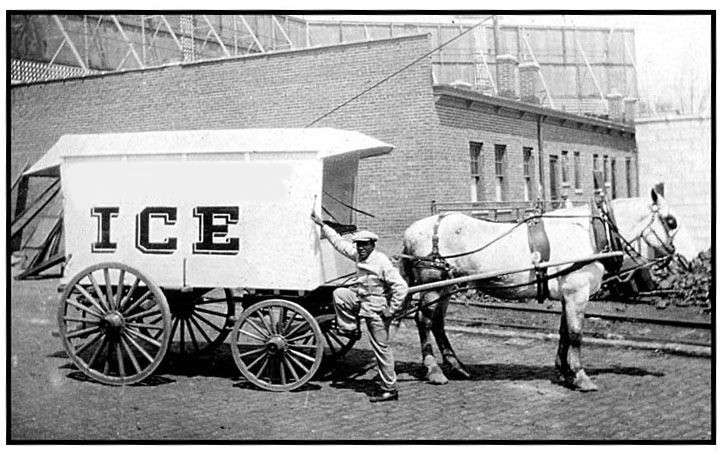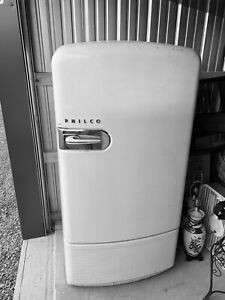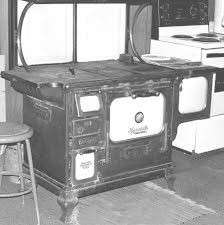LIFE ON THE PLAINS: Saturday at the movies
 by Roland D. Hallee
by Roland D. Hallee
This week we are going to take a hiatus from the pictorial walk down Water St., on The Plains, and look at some other things we did growing up in the 1950s and ‘60s.
Not everything we did occurred on The Plains. By the 1950s, the Maine Theater, on Water St., had been closed for some time, even though the building and the marquee remained. I remember my parents talking about the Maine Theater, but I never set foot inside.
So, as something to do – I think our mother did this mostly to get us out of her hair – we would look forward to Saturdays when we were each given a quarter, and off to the movie theater we went. Now, get this, for that quarter, we would get into the theater, and purchase a bag of popcorn and a soda. Unbelievable, right?
There were two venues to which we would go, the State Theater, on Silver St., (where Cancun’s is now, and Steve’s restaurant before that), or the Opera House. Back then, the Opera House had a “big screen”. The Haines Theater also existed, on Main St., but they didn’t offer any Saturday children’s specials. The Haines Theater was located across the street from TD Bank, today, next to the building that houses Selah Tea. It is now a small park.
At first, we would sit as close to the screen as possible, but as we grew older, we wanted to sit in the balcony. From that point, we could “rain” popcorn and soda on the kids sitting below. You had to be discreet, because on Saturday mornings, there were extra ushers on hand to try to keep the peace. Getting caught meant immediate expulsion from the theater, and you had better have a good story to tell your parents as to why you were home so early.
Again, for that 25-cents, you first had a series of cartoons, Tom and Jerry, Sylvester the cat and Tweetie bird, Donald Duck, Daffy Duck, Yosemite Sam, Elmer Fudd, Mickey and Minnie Mouse, and my favorite, Mighty Mouse, who wore a cape and could rip the heart out of any villain. He could also fly. Yes, cartoons were violent, but also funny. We didn’t really care, it was hilarious to see Daffy Duck get his beak blown off his face every week.
Following that, we got a news reel of current events. That is when the action started in the audience. We really didn’t know what was going on in the world, and, again, didn’t care.
Then came the feature movies, usually westerns: Tom Mix, Randolph Scott, Hopalong Cassidy, Gene Autry, and the most famous of all, Roy Rogers and Dale Evans, and his horse Trigger. Of course, Roy Rogers wasn’t a true western. He did chase bad guys with guns and got involved in fist fights, but Dale Evans had a Jeep named Nellie Belle, and Rogers had a side kick named Cookie, played by Andy Devine. The most I remember about Gene Autry is that he wore jeans with rolled up cuffs, and sang a lot.
On occasion, they would have a horror movie. One that I can remember was The Creature from the Black Lagoon, which pretty much scared the dickens out of us. Fast forwarding to the present, I saw that same movie a couple of weeks ago on MeTV’s Svengoolie. That movie wasn’t so scary after all.
Saturdays began with rising before sun-up, complete our paper route, return home to do our weekly chores, usually dusting and putting away the weekly laundry. We would then leave the house to be at the theater by 10 a.m. The rest of the day was spent there, usually coming home after 4 p.m., when darkness was about to settle in or, sometimes, after dark. After supper, it was outside when all the neighborhood kids would gather for a round of “hide and seek,” now called “manhunt”.
We would then come home, get comfortable in our pajamas, and gather around the radio for that week’s episode of Gunsmoke, before retiring to bed.
With no television, yet, in the house, we surely found plenty to do on The Plains.


